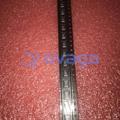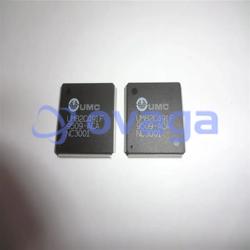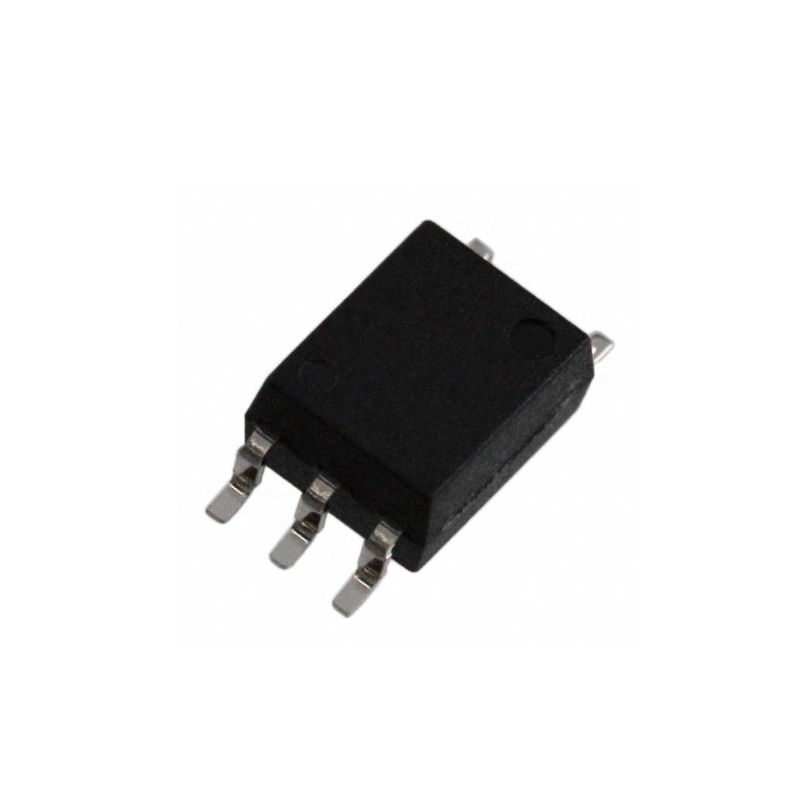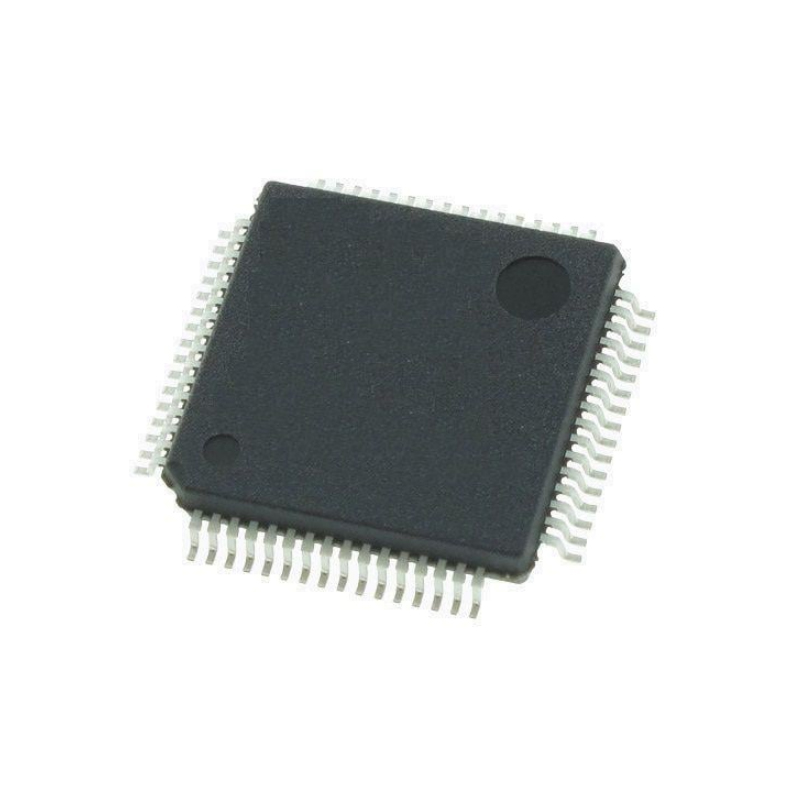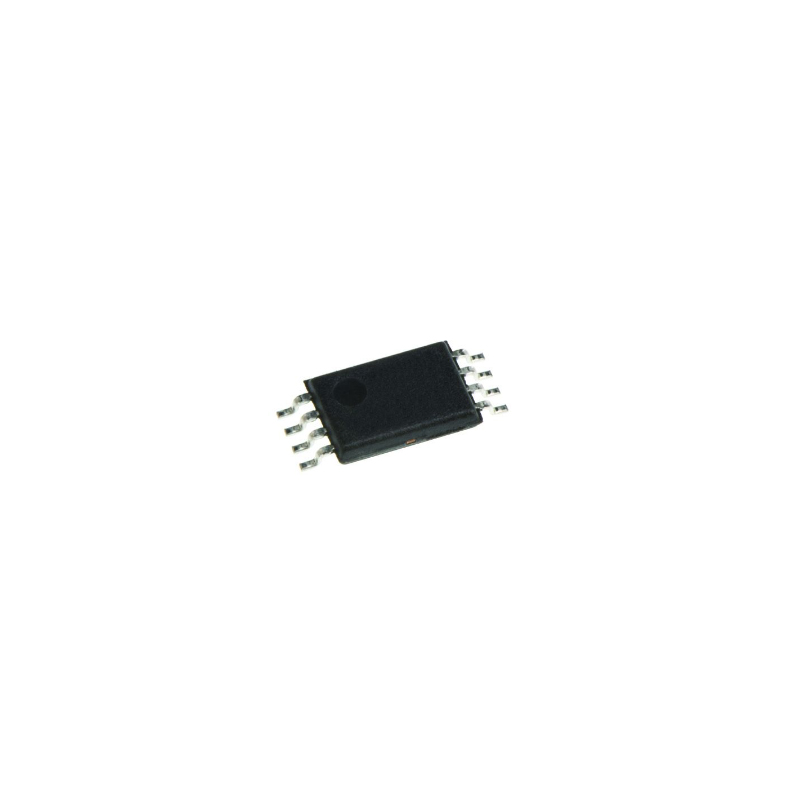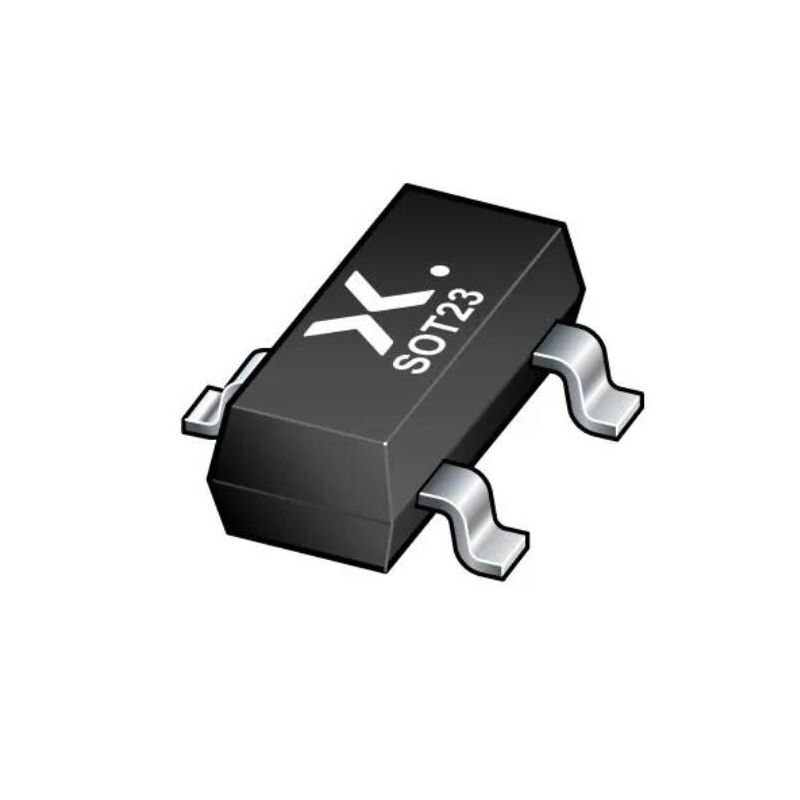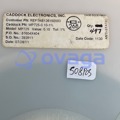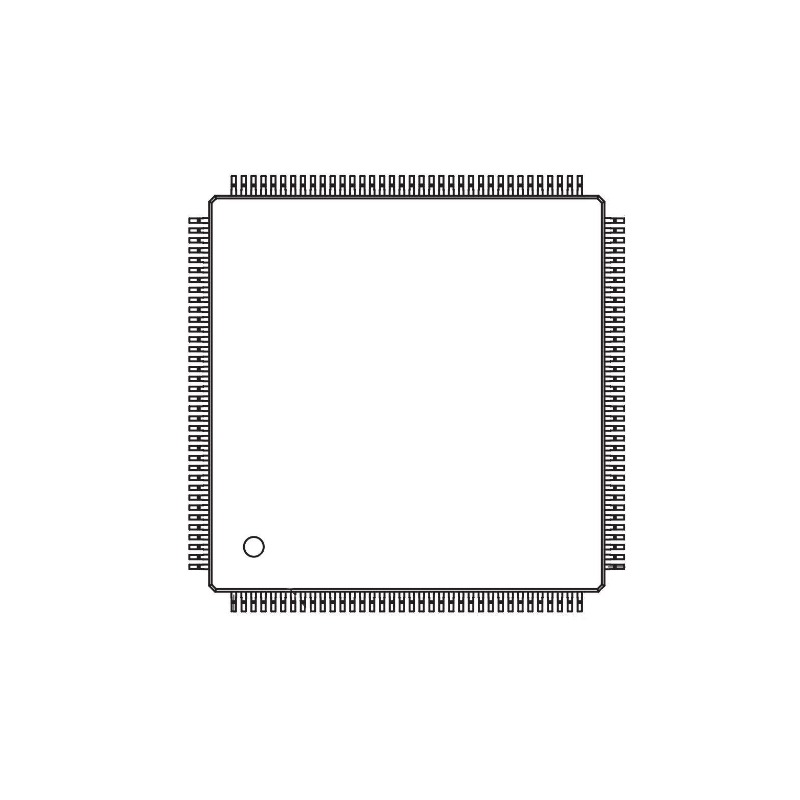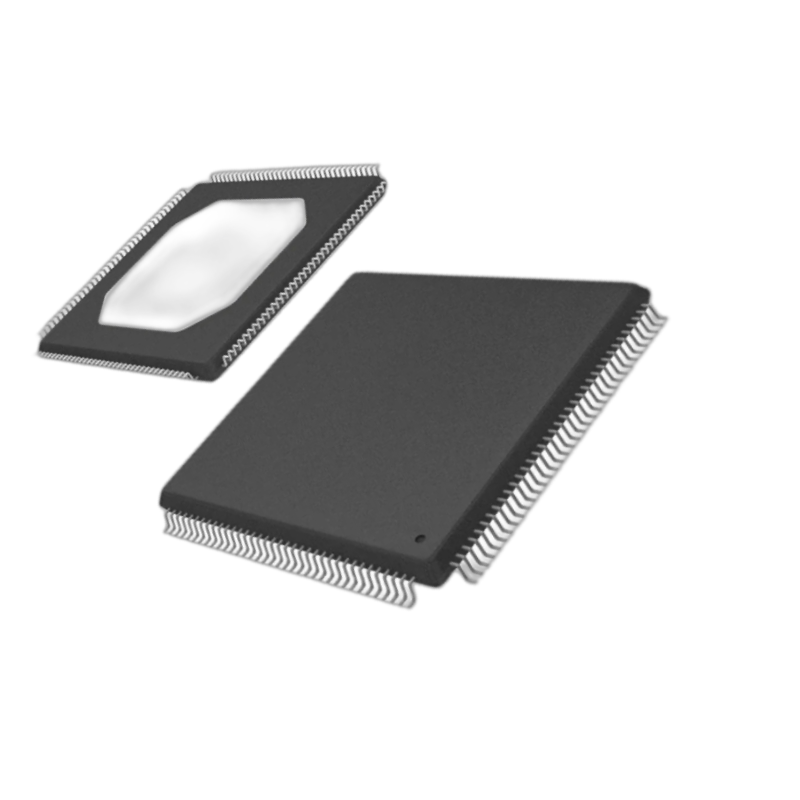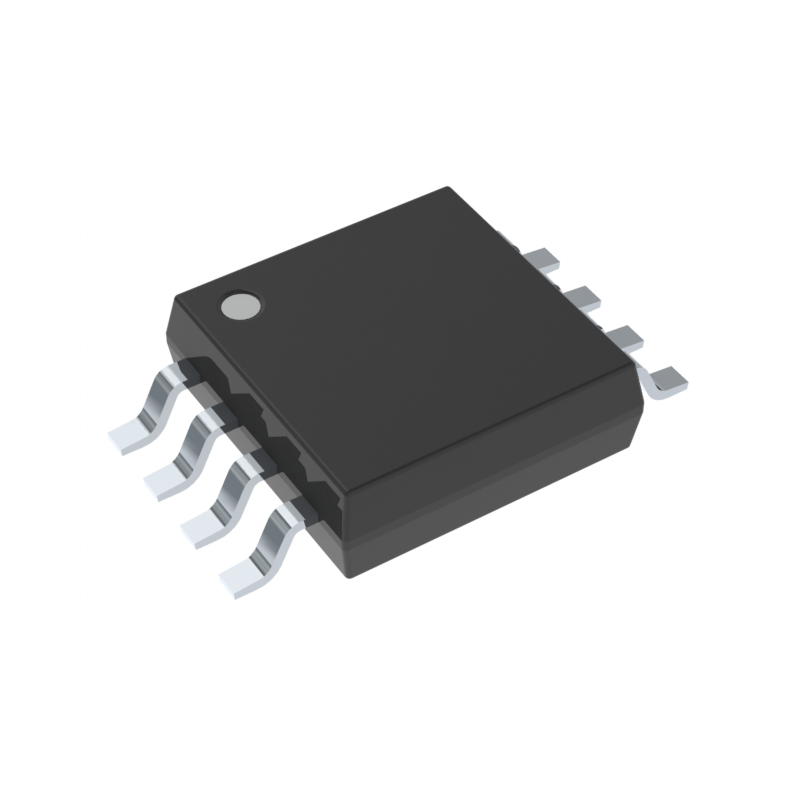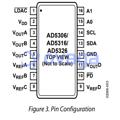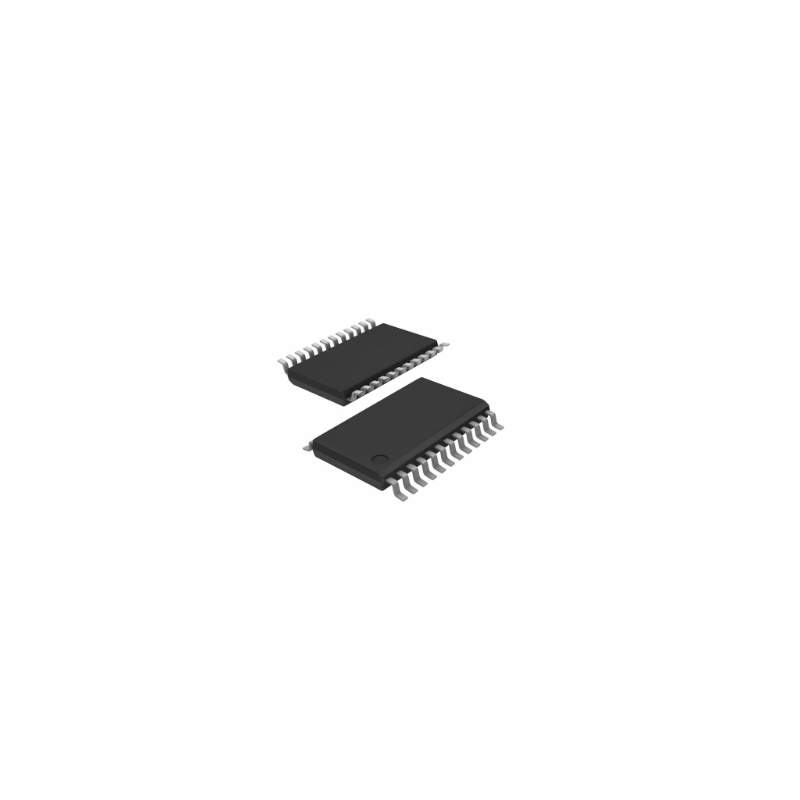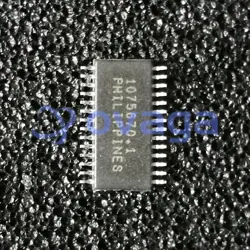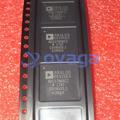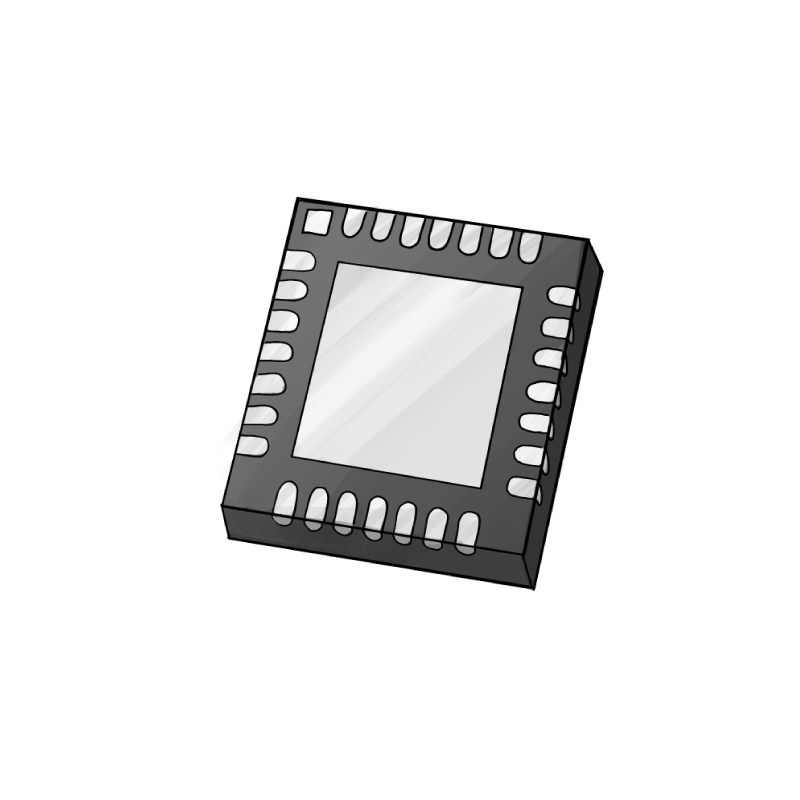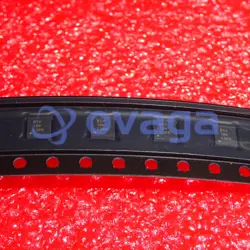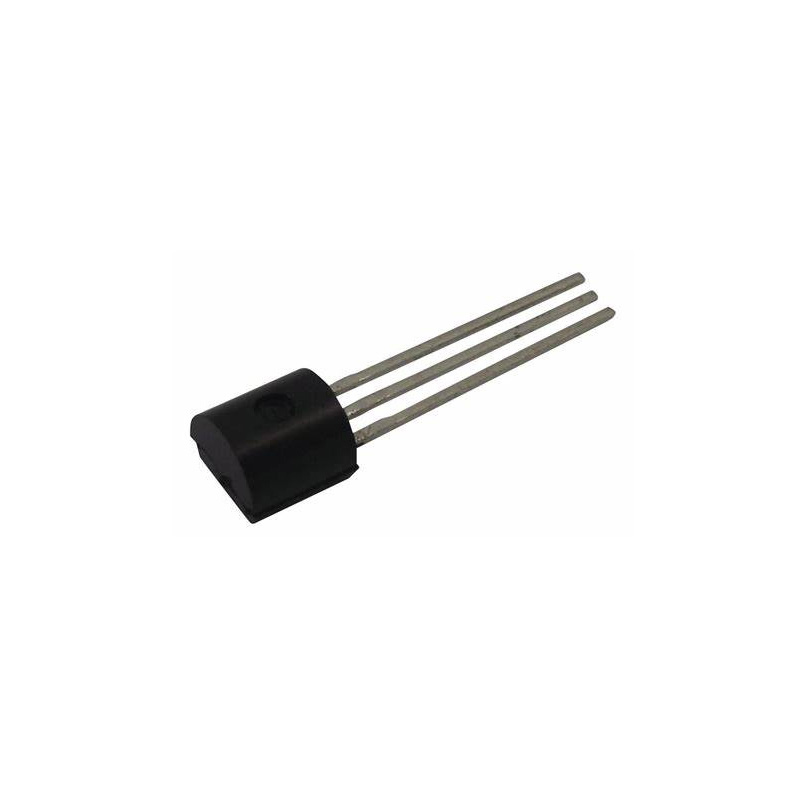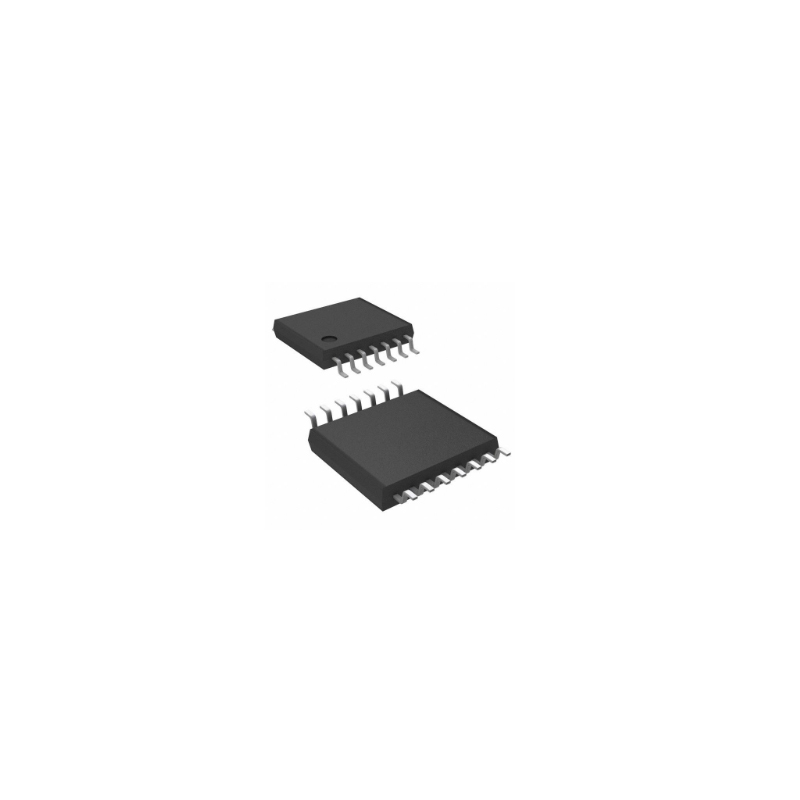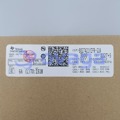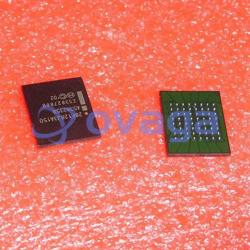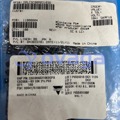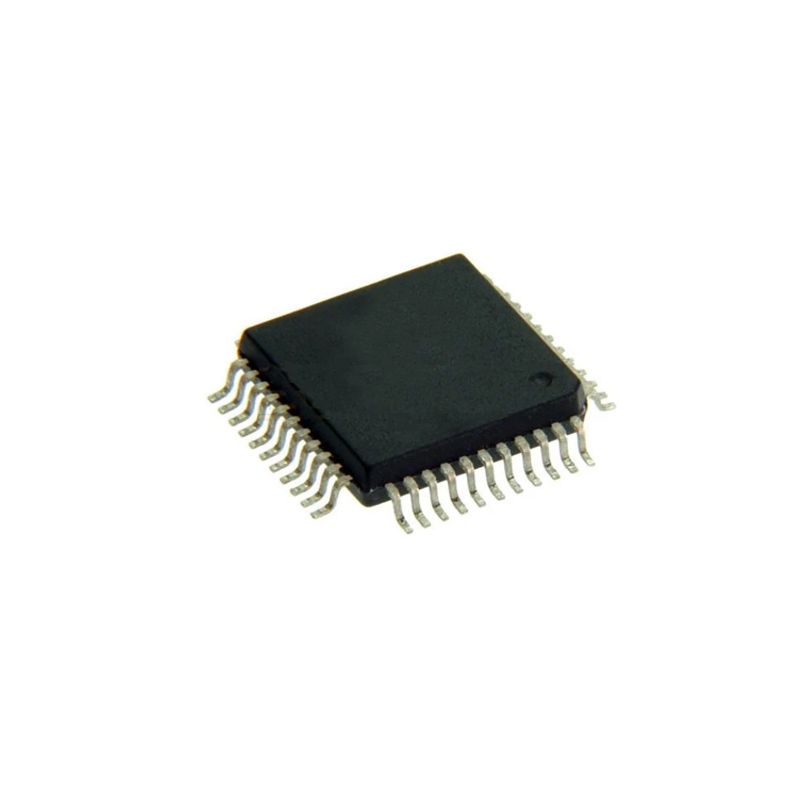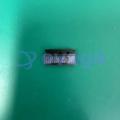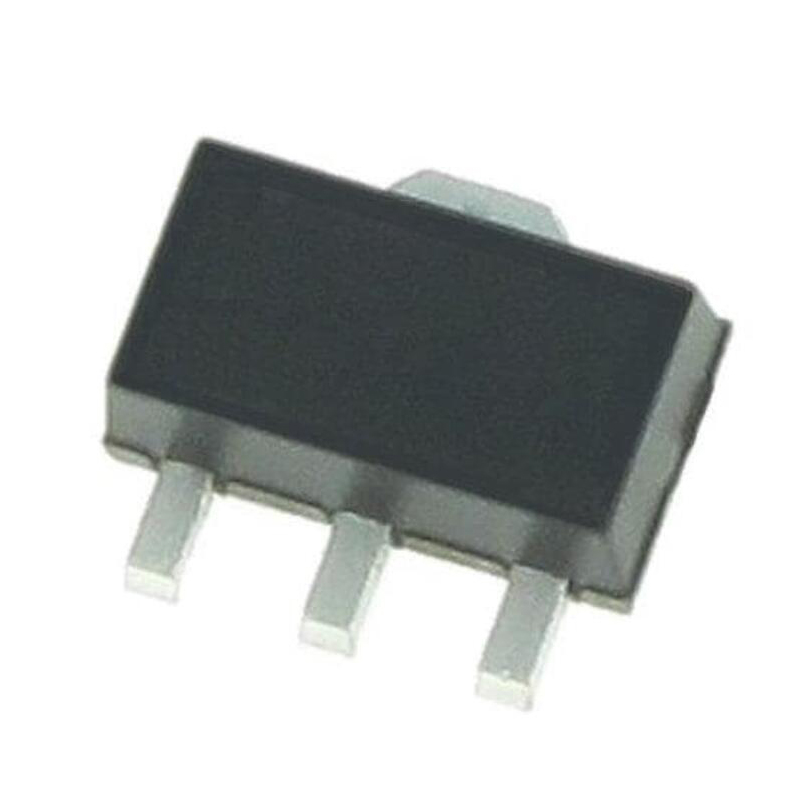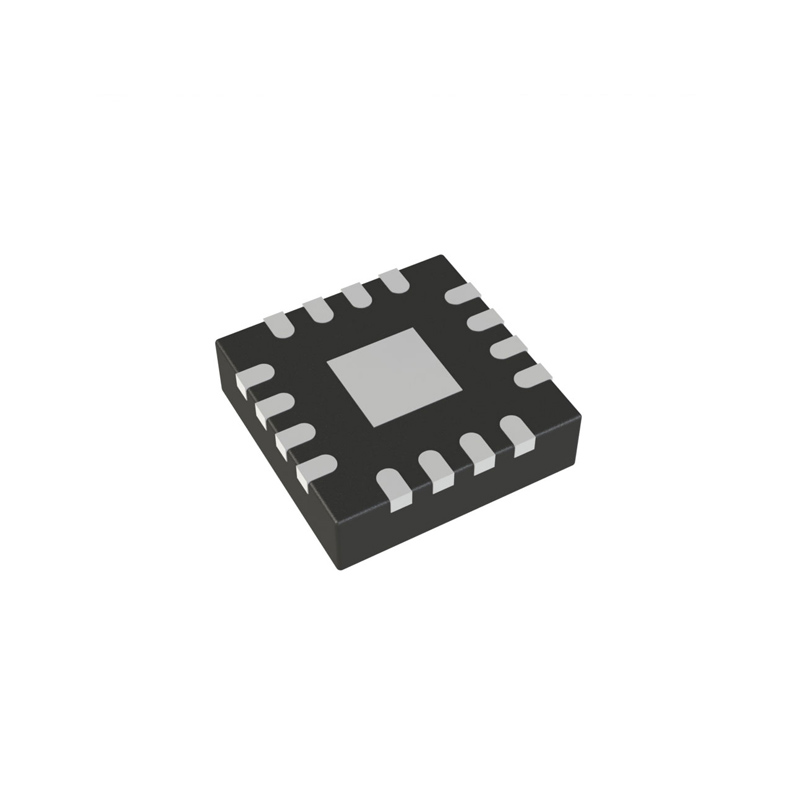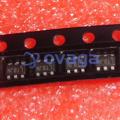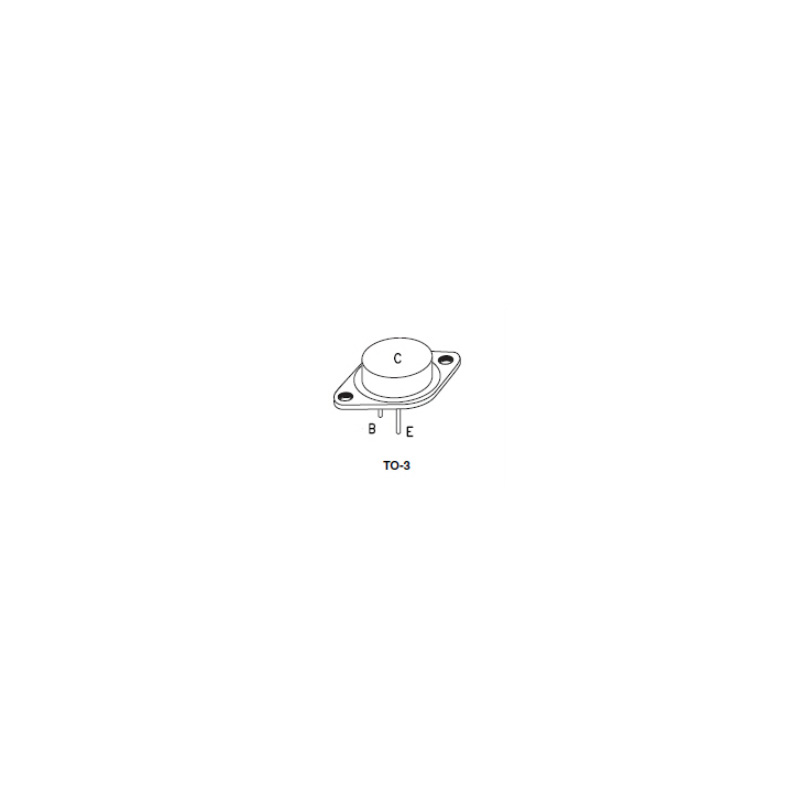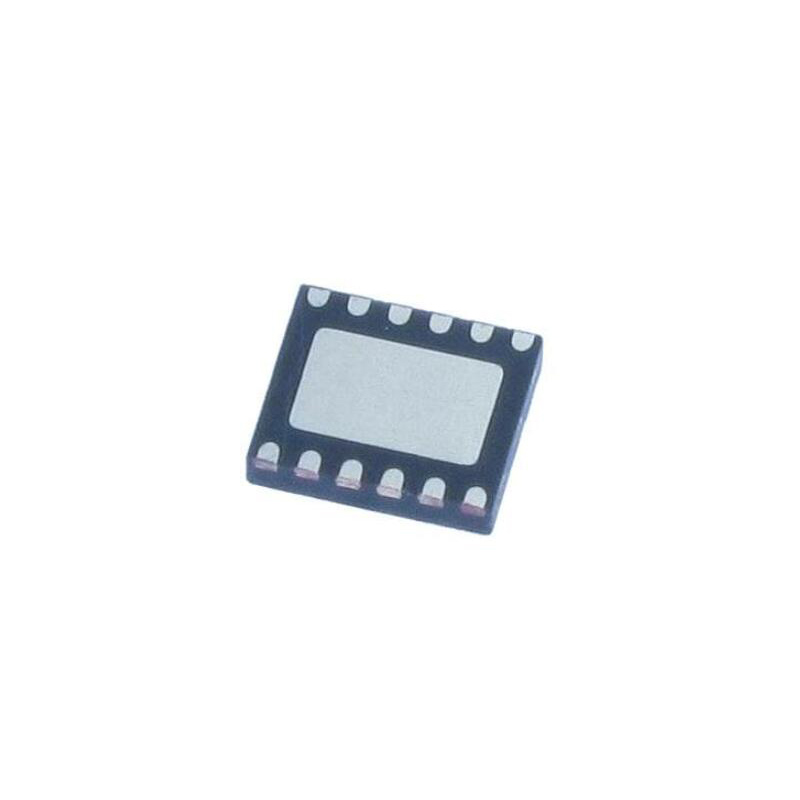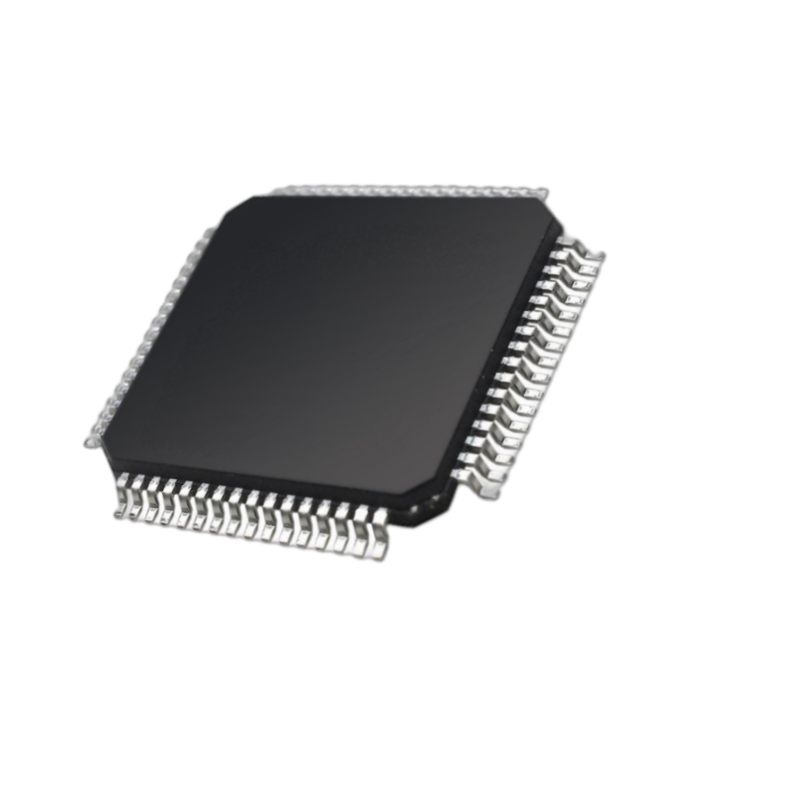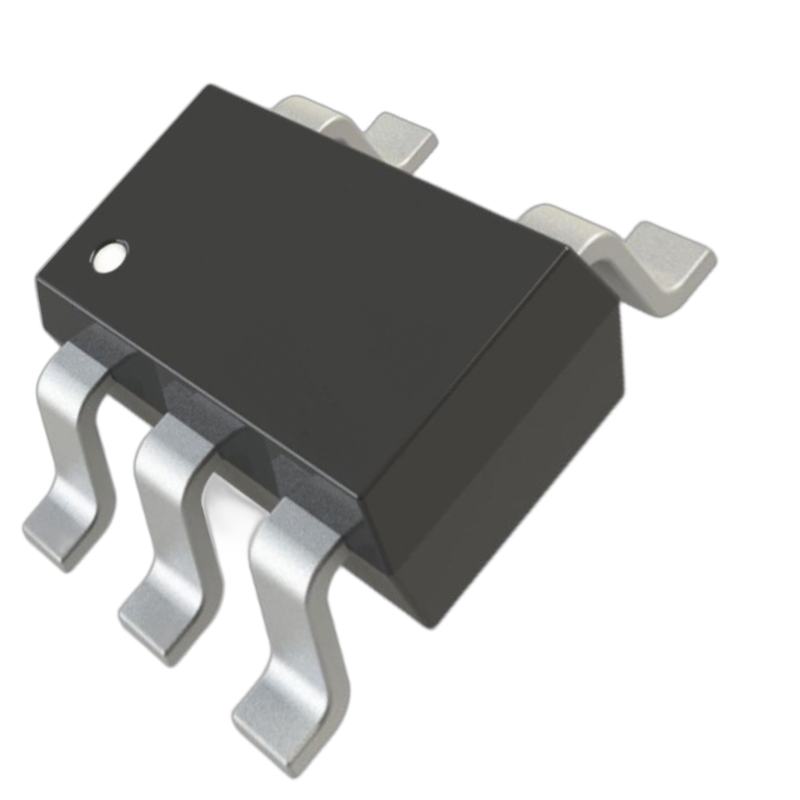NTC 103 Thermistor: Temperature Range, Value and Datasheet
Update Time: May 26, 2023 Readership: 5177
Contents
In the realm of electronics and temperature sensing technologies, NTC 103 Thermistors hold a distinct place. These minute yet powerful devices function as integral components in numerous applications, from our everyday household appliances to the complex machinery used in various industries.
This article dives deep into the fascinating world of NTC 103 Thermistors, unraveling their operational principles, characteristics, and diverse applications. With a notable negative temperature coefficient, the NTC 103 Thermistors show a unique inverse relationship between their resistance and temperature - an attribute that has made them the go-to choice for many heat-related applications.
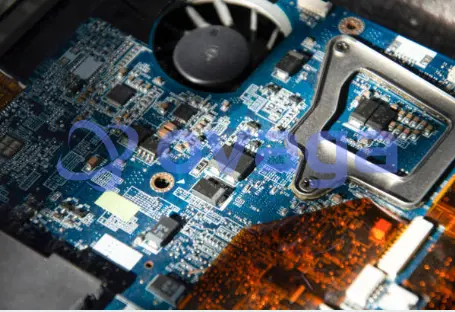
What is Thermistor 103?
An NTC 103 Thermistor is a type of resistor whose resistance changes significantly with temperature. The "NTC" stands for "Negative Temperature Coefficient", which means that the resistance decreases as the temperature increases. The number "103" denotes the resistance value of the thermistor at room temperature (25 degrees Celsius), which is 10K Ohms (10,000 Ohms).
Extended Reading: What is a 10k Resistor?
Thermistors are commonly used in various electronic devices and systems as temperature sensors or in temperature control circuits. Their applications span from everyday household items, such as thermostats and microwaves, to complex industrial machinery and automotive systems.
NTC thermistors are made from a semiconducting material that has been sintered in order to produce a large number of microscopic contact points. This structure gives the thermistor its characteristic temperature-resistance relationship. As the thermistor heats up, more of these contact points open up, allowing current to flow more freely and thus reducing the resistance.
It's important to note that while thermistors can provide a high degree of accuracy and sensitivity in temperature measurements, their non-linear resistance-temperature relationship requires the use of specific formulas or lookup tables to convert the measured resistance to an accurate temperature reading.
NTC 103 Thermistor Resistance
As an NTC (Negative Temperature Coefficient) thermistor, its resistance decreases as temperature increases. This change in resistance is not linear but follows a specific curve determined by the material properties of the thermistor.
To calculate the resistance at a specific temperature, a Steinhart-Hart equation or B-parameter equation is commonly used. These equations describe the resistance-temperature characteristics of thermistors.
B-parameter equation:
R(T) = R0 * exp(B * (1/T - 1/T0))
Thermistor 103 Temperature Range
The temperature range of a NTC 103 thermistor depends on the specific design and materials used by the manufacturer, but generally, these thermistors are designed to operate effectively within a temperature range of -55°C to 125°C (-67°F to 257°F).
Thermistor 103 Feature
The NTC 103 thermistor has a number of features that make it suitable for a wide range of applications. The following are some of the key features:
1. Negative Temperature Coefficient (NTC): The resistance value of these thermistors decreases as the temperature increases, providing a precise and sensitive response to temperature changes.
2. Nominal Resistance Value: The "103" in NTC 103 signifies that these thermistors have a nominal resistance of 10,000 ohms (10k ohms) at a temperature of 25 degrees C (77 degrees F).
3. Wide Temperature Range: NTC 103 thermistors can operate effectively over a wide temperature range, typically -55°C to 125°C (-67°F to 257°F). This can vary depending on the specific manufacturer's design and specifications.
4. High Sensitivity: These thermistors have high sensitivity, especially near room temperature, for accurate temperature measurement and control.
5. Compact size: NTC 103 thermistors are typically small and lightweight, which makes them easy to integrate into a variety of electronic devices and systems.
6. Versatility: Because of their characteristics, they are used in a large number of applications, from household electronics such as thermostats and microwave ovens to temperature monitoring and control in industrial and automotive systems.
7. Non-Linearity: The resistance-temperature relationship of NTC thermistors is non-linear. This nonlinearity requires specific mathematical formulas (such as the Steinhart-Hart or B-parameter equations) for accurate temperature calculations.
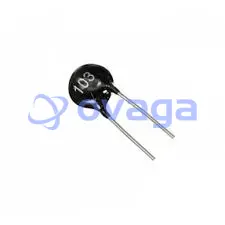
Thermistor 103 Pros and Cons
Pros:
High Sensitivity: NTC 103 thermistors are highly sensitive to temperature changes, especially near room temperature, making them effective for precise temperature monitoring and control.
Versatility: With their broad operational temperature range, they can be used in a variety of applications, from household appliances to automotive and industrial systems.
Cost-Effective: Thermistors are generally less expensive than other types of temperature sensors, such as RTDs and thermocouples, making them a cost-effective choice for many applications.
Compact Size: Their small size allows for easy integration into various electronic systems without taking up much space.
Cons:
Non-linear Response: NTC thermistors have a non-linear response to temperature changes. This means the conversion of resistance to temperature requires more complex calculations, often necessitating the use of lookup tables or specific formulas like the B-parameter or Steinhart-Hart equations.
Limited Temperature Range: While they have a broad operational range, they are most accurate within a relatively limited temperature range around room temperature. They are not suitable for extremely high or low temperatures.
Self-Heating: Thermistors can self-heat when current passes through them. In applications requiring high accuracy, this self-heating could cause slight errors in temperature readings if not properly accounted for.
Physical Fragility: Thermistors can be physically fragile compared to some other types of temperature sensors, so they need to be handled and installed carefully to avoid damage.
Thermistor 103 Price
An individual NTC 103 Thermistor typically cost a few dollars. However, prices can vary widely depending on the quality of the thermistor, the manufacturer, and the quantity purchased. Bulk purchases or purchases directly from manufacturers often offer lower per-unit costs.
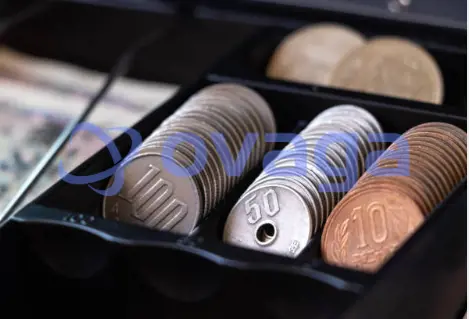
Thermistor 103 Equivalent Parts
For the NTC 103 Thermistor, any thermistor with a nominal resistance of 10k Ohms at 25°C and a Negative Temperature Coefficient (NTC) could serve as an equivalent. However, the exact match would also depend on other specifications such as tolerance, power rating, and the B-value, which describes the resistance/temperature curve.
Thermistor 103 Datasheet
Wanna further information? The datasheet here provide the table list and various graph of NTC power thermistor, sck series.
Application of Thermistor 103 in Arduino
NTC 103 Thermistors can be used in a variety of Arduino projects, particularly those requiring temperature sensing or control. The primary application is in building temperature sensors, due to the thermistor's property of changing resistance with temperature.
Here is a simple example of how to use an NTC 103 Thermistor in an Arduino project:
Components Required:
1. Arduino Uno (or any other Arduino board)
2. NTC 103 Thermistor
3. 10K Ohm Resistor
4. Breadboard and wires
5. Computer with Arduino IDE installed
Circuit Connection:
- Connect the thermistor and the 10k Ohm resistor in series between the 5V output and Ground (GND) on the Arduino. This setup forms a voltage divider.
- Connect the junction of the thermistor and the resistor to an analog input pin (A0) on the Arduino.
Programming:
The Arduino can be programmed to read the voltage at the junction of the resistor and thermistor, and then convert this voltage reading into a resistance. This resistance can then be converted into a temperature using the Steinhart-Hart equation or the B-parameter equation (the parameters for these equations are typically provided by the thermistor manufacturer).
Applications:
Once this basic setup is working, the thermistor can be used for a variety of applications. For example:
- Temperature Logging: The Arduino can be programmed to record temperature readings over time and then output these readings to a computer for logging and analysis.
- Temperature Control: The thermistor can be used to control the operation of a device based on temperature. For example, it could control a fan, turning it on when the temperature gets too high and off when the temperature is low enough.
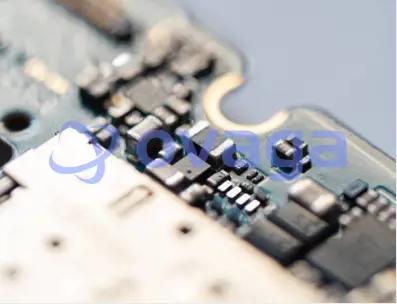
NTC Thermistor mf52 103
The MF52 103 NTC thermistor is a type of Thermistor 103. The MF52 series is characterized by small size, fast response time, high resistance accuracy, good stability, and adaptability to harsh environments. These thermistors are typically encapsulated in epoxy resin or glass, which makes them highly resistant to moisture and mechanical strain.
Like other NTC thermistors, the MF52 103 is widely used for temperature measurement and control. Common applications include household appliances (such as air conditioners, microwave ovens, and electric fans), industrial equipment, and liquid level sensors.
Here is its detailed data sheet:NTC Thermistor mf52 103 Datasheet
Conclusion
NTC 103 thermistors have an extraordinary duality - compact and powerful, silent and indispensable. Their negative temperature coefficient makes them central to numerous applications, silently ensuring the efficient cooling of our refrigerators, the optimal operation of our home heating systems, and even the protection of critical industrial processes. with a resistance of 10K ohms at 25 degrees Celsius, the NTC 103 thermistor truly embodies the motto "small is beautiful". These devices underscore the adage that no part is too small in the grand scheme of electronics and technology.
Extended Reading
 FAQ
FAQ
-
What does it mean when a thermistor is described as having a Negative Temperature Coefficient?
A thermistor with a Negative Temperature Coefficient (NTC) decreases in resistance as temperature increases. This property makes NTC thermistors highly sensitive to temperature changes, especially near room temperature.
-
What are some applications of an NTC 103 Thermistor?
NTC 103 Thermistors are used in a variety of applications requiring temperature sensing or control, such as HVAC systems, automotive electronics, home appliances like refrigerators and ovens, medical devices, and industrial systems.
Popular Blogs
-
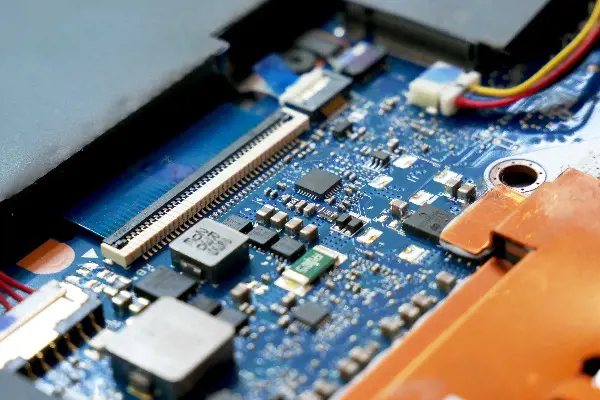
NTC 103 Thermistor: ...
Thermistor 103 is a type of NTC thermistor, with...
-
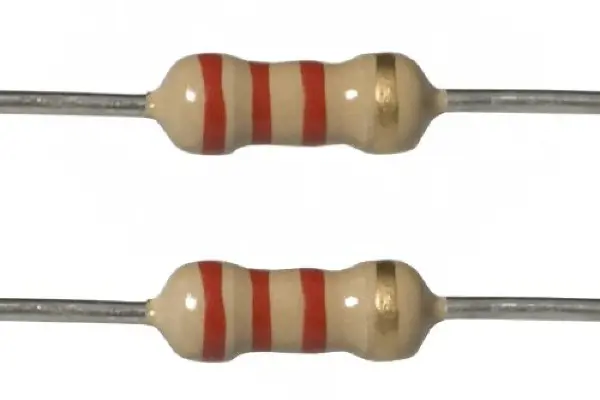
Define 2200(2.2k) Oh...
A 2200-ohm resistor is an electrical component t...
-
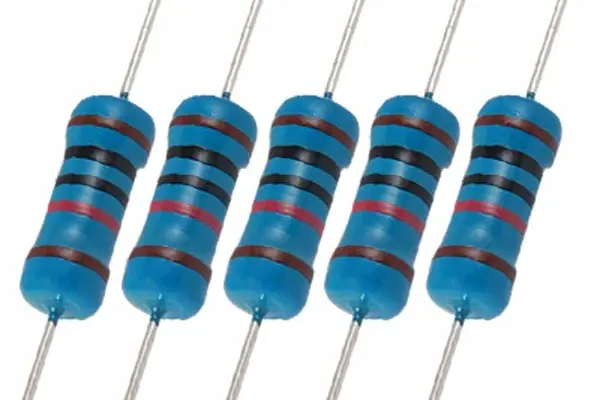
What is a 10k Resist...
The 10k resistor is a type of resistor, and we u...
-
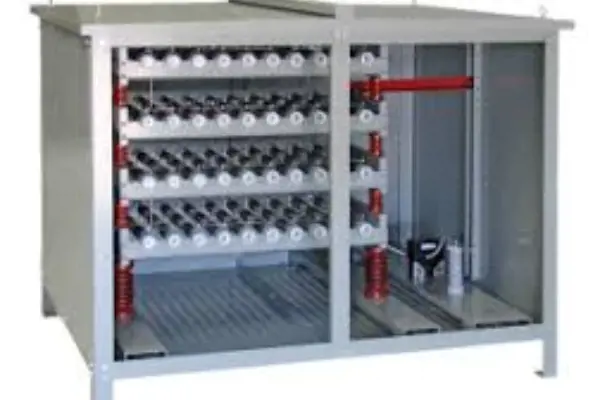
Safeguarding Electri...
A neutral earthing resistor (NGR) is an electric...



